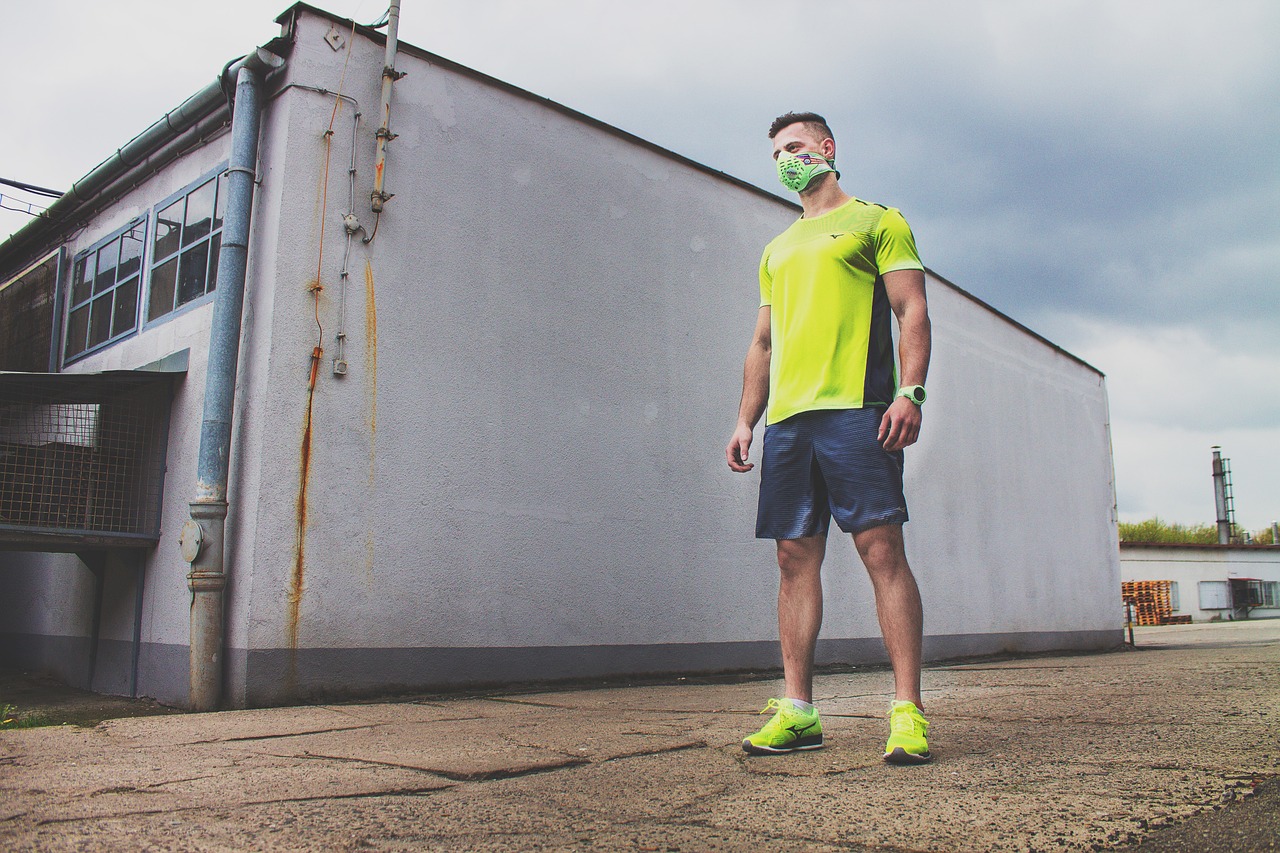
Most humans are breathing highly polluted air.
The World Health Organization (WHO) has just released a statement saying 92 percent of the world’s population lives in areas where the air quality is poorer than WHO standards.
WHO has also published an interactive map which shows air pollution by geographic region. Areas with the highest rates of particulate pollution include China, India, Eastern Europe, the Middle East and Africa.
Dr. Maria Neira, Director of WHO, shared that WHO’s data confirms that 1 in 9 deaths globally are a result of either indoor or outdoor pollution, and she cautions that air pollution is the single biggest environmental threat, killing over six million people each year. Lung cancer, heart attacks and strokes can be caused by particles in the air. Outdoor pollution is mostly caused by emissions from vehicles, landfills and livestock production as well as power plants. Sources of indoor pollution include unprocessed coal and diesel and kerosene fuels. Not all air pollution is created by humans, however; natural causes like dust storms also account for some of it.
While the situation is dire, it’s not hopeless; there are many steps we can take individually and globally to reduce air pollution. “Solutions exist with sustainable transport in cities, solid waste management, access to clean household fuels and cook-stoves, as well as renewable energies and industrial emissions reductions,” says Dr. Neira.
WHO is launching a new campaign, BreatheLife, in partnership with the Climate and Clean Air Coalition, aimed at improving air quality.
Here are actionable steps you can take to battle air pollution, and the climate change and human health issues it’s causing:
>> Vote for candidates who support clean energy and sustainable policies.
>> Support community efforts to reduce emissions. Some cities, like Paris, are taking firm steps to reduce air pollution; the city recently voted to ban cars along part of the Seine.
>> Plant trees. Trees are like an air filter, absorbing the carbon from the air.
>> Go old school. Use a push lawnmower instead of a gas-powered one. Shovel instead of using a snowblower.
>> Drive less. Fuel-dependent automobiles account for a lot of air pollution. Think about carpooling, biking, walking, or taking public transportation.
>> Work from home. Consider asking your boss if you can work remotely at least a day or two per week. If you generally drive to work in a non-electric car, you’ll eliminate emissions by working at home. Plus you can lounge in your sweatpants.
>> Evaluate your family’s emissions and see what you can change. I checked out this calculator and found some surprises.
>> Compost. Composting is easy and fun—like a science experiment. Less food in the landfills means less stuff turning into methane that pollutes the air and contributes to climate change.
>> Consider supporting carbon taxing. Read more about this innovative plan.
>> Talk about it. It might not sound like much, but having discussions with friends, family and other members of our communities can be a stepping-stone to change. Brainstorm ideas about what you might be able to do if you worked together.
>> Offset your energy use. I just signed up to add $4.95 added to our electric bill every month to help offset our electricity use. Check to see if there’s a similar program where you live.
Author: Lynn Shattuck
Editor: Catherine Monkman








Read 0 comments and reply